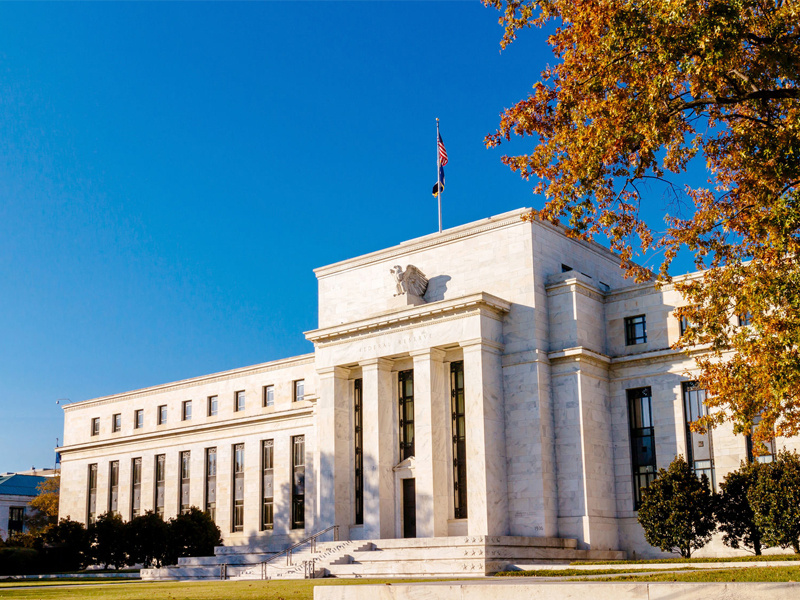
It is an established macroeconomic theory that when the yield curve inverts, a recession is nigh. The key bonds to watch are government bonds, such as those of the U.S. Treasury and the Bank of Canada. But which part of the yield curve should you use to predict when the recession will arrive and how long and deep that recession will be?
As of Sept. 17, U.S. Treasury bonds yield 2.01% for three months, 1.74% for two years, 1.69% for five years, 1.84% for 10 years and 2.26% for 30 years. Government of Canada bonds yield 1.62% for three months, 1.64% for two years, 1.50% for five years, 1.51% for 10 years, and 1.64% for 30 years. In each case, a short bond has a higher return than some longer bonds. The inversions are inconsistent, but good sense says that the longer money stays out of one’s pocket, the higher the compensation for risk and foregone consumption should be.
The two-year to 10-year U.S. Treasury yield inverted in the second week of August for the first time since 2007. The U.S. inversion disappeared the following week, then came back the next week, while the Canadian inversion persists as of Sept. 17.
But that is not the end of the story, since you must also choose the right inversion to make the best recession prediction.
In the process of inversion spotting, three months to 10 years has worked best for all periods, says Chris Kresic, head of fixed-income and allocation at Jarislowsky Fraser Ltd. in Toronto. That particular curve has given no false signals since 1978, Kresic notes.
The current inversion, although it changes daily, packages a good deal of sense. The long end of the curve reflects low inflation expectations, translating to lower demand for loanable funds than shorter bonds. The short end is precautionary, reflecting the market’s wish for protection from equity market mayhem or other worries in the near future. The short end also mirrors, to some extent, the overnight central bank rates: 2.25% for the U.S. and 1.75% for Canada.
There is too much money sloshing around in markets and not enough demand for it, explains David Rosenberg, chief economist and strategist with Gluskin Sheff + Associates Inc. in Toronto. Thus, the long-term price of money — interest paid on bonds — is low.
Timing inversions is a matter of measurement. The length of time from the inversion to the start of an actual recession averages 13 months using a three-month to 10-year gap, says Michael Gregory, deputy chief economist with BMO Capital Markets in Toronto.
“The yield curve trigger is not as meaningful with a flat yield curve that can easily have inversions than it would be for a traditional yield curve that is much steeper,” Gregory says. “We are not forecasting a recession, though the risks are rising as the U.S./China trade war escalates. We think that the recession odds are one on three, but if the trade war escalates, so will the odds of a recession.” There are other trade wars happening, such as the one between Japan and South Korea, he notes.
“This yield curve is flatter than it has been at the start of other inversions,” Gregory adds. “Central banks can tinker with front-end rate, and the U.S. Treasury has announced it will buy bonds along the curve, as will the [European Central Bank].” As this quantitative easing would lower rates and flatten the yield curve, Gregory notes, “the flatter the curve, the easier it is for a small rate dip to look like an inversion.” Nonetheless, he predicts that a recession, “if it happens, would last two to four quarters.”
Investors tend to gravitate to long issues, which are most sensitive to falling interest rates thanks to their high durations. Such investors are looking less for yield than for bond price appreciation. The speculative move, which is increased by money cascading into bonds from investors fearful of stock moves, tends to push down the long end of the curve. There is nothing to say that investors will be unloading their long bonds any time soon. And that is a strong reason that the yield curve will remain flat and vulnerable to inversions.
The expansion that began in 2009 is the longest in history and inevitably will run out of steam. The Fed wants to keep the expansion going, Gregory says. Its path would be rate cuts leading to extension of inversions. The Bank of Canada is inevitably a follower if only to avoid having the loonie lifted by a reluctance to cut rates. The pressure to cut rates on both sides of the border is likely to keep yield curves in both countries flat with spotty inversions.